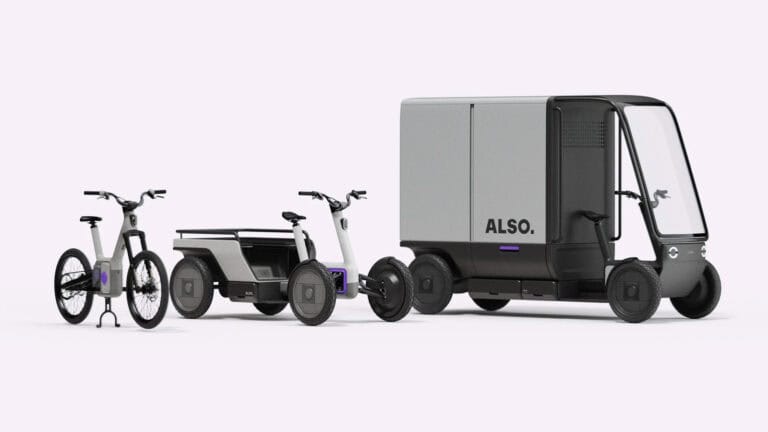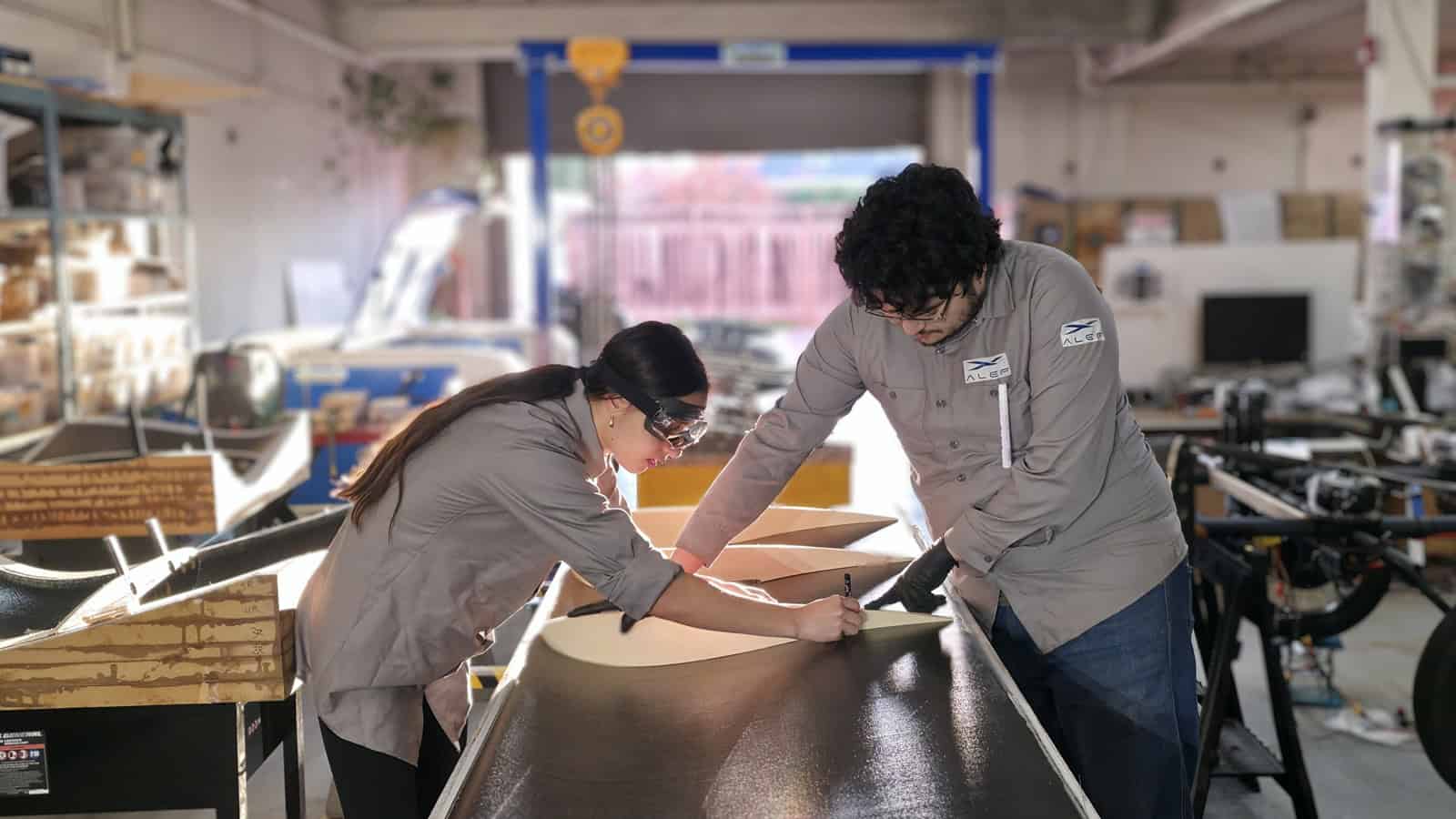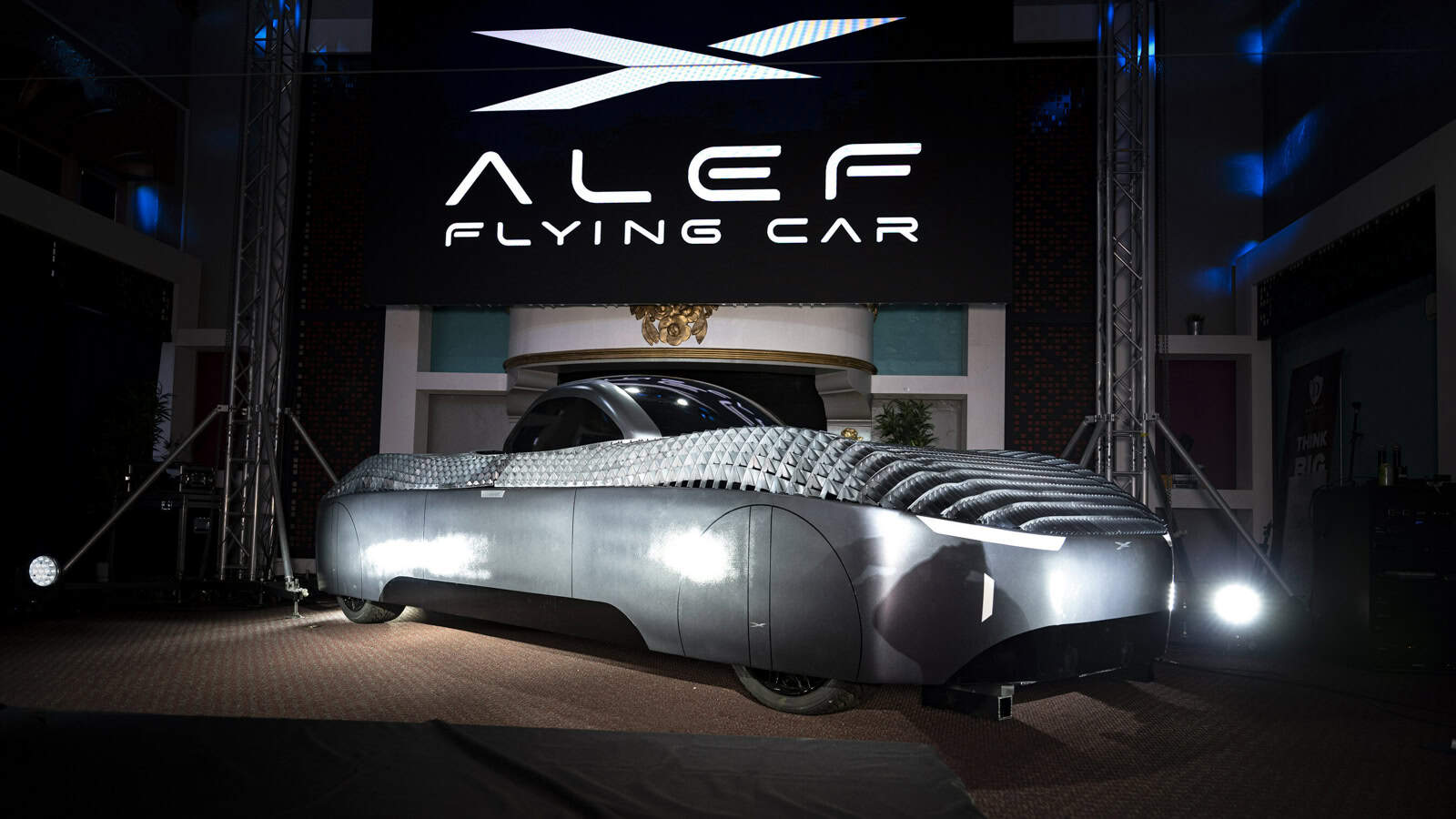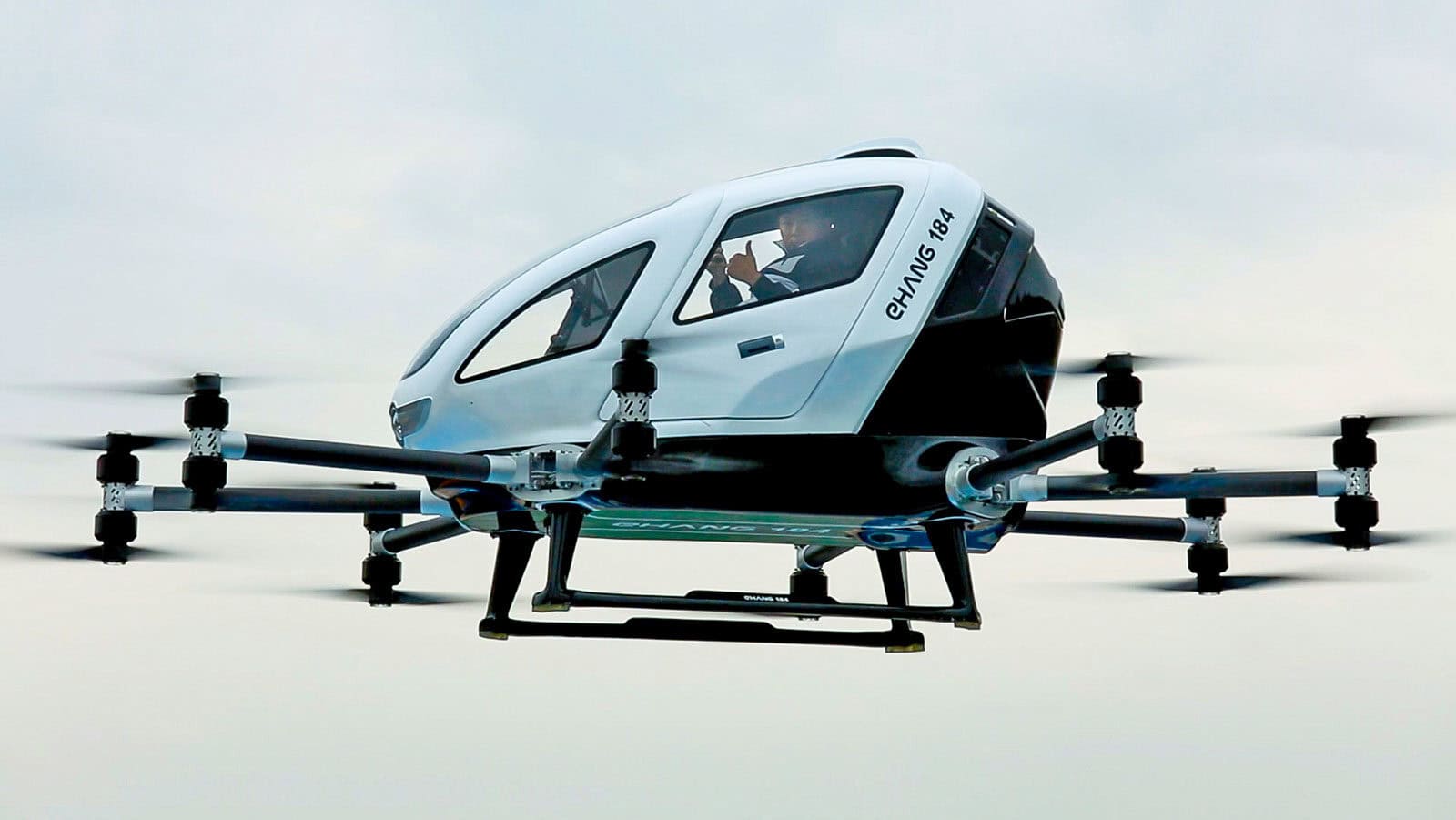- Lilium is partnering with UrbanV to start building vertiports in parts of the Mediterranean.
- These vertiports would offer specialized landing areas for eVTOL aircraft for a seamless customer experience.
- The planned design is modular to make it adaptable to different needs in different cities.
Electric jet enthusiasts in the Mediterranean have reason to rejoice, as Lilium and UrbanV join forces to develop Advanced Air Mobility (AAM) infrastructure. This exciting partnership aims to create vertiport infrastructure that will enable electric vertical take-off and landing (eVTOL) networks for Lilium aircraft and customers, with an initial focus on Italy and the French Riviera. UrbanV’s expertise in vertiport design and management, combined with Lilium’s groundbreaking eVTOL jet, promises to revolutionize regional air travel.
The Power of Vertiports
So, what exactly is a vertiport? Think of it as a compact, specialized landing area for eVTOL aircraft, similar in size to a helipad. Vertiports play a vital role in unlocking the potential of the Lilium Jet, offering sustainable, high-speed, and affordable services that connect communities.
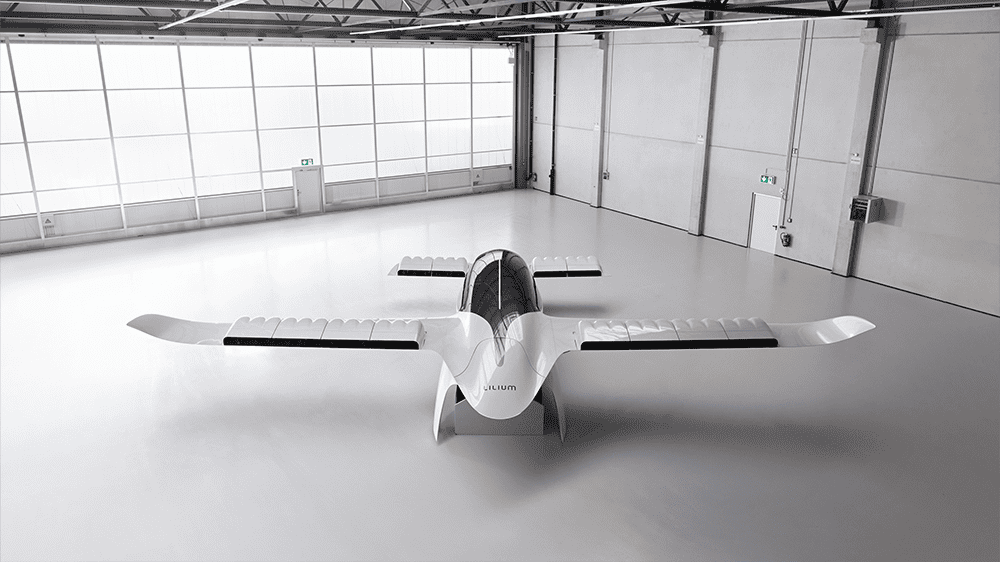
This collaboration between Lilium and UrbanV aims to expedite the movement of people while ensuring a seamless and efficient experience for passengers, all while delivering some of the first premium eVTOL flights within Europe.
Creating vertiport infrastructure is no small feat, but Lilium and UrbanV have taken up the challenge with gusto. Their goal is to turn the sci-fi vision of landing pads into a realistic and affordable transit option. By focusing on scalability, safety, and functionality, they are shaping the future of transportation infrastructure.
Their lean and modular design approach allows developers, both large and small, to easily access and construct vertiports in various locations, be it at transport terminals, shopping centers, car parks, or residential areas.
Regardless of the size or frequency of flights, every vertiport requires three essential components: a take-off area, parking stands, and a terminal. The take-off area, similar to today’s heliports, serves as the focal point for operations and is surrounded by a safety zone. The parking stands are where passengers board and disembark the Lilium Jet, while also serving as a place for necessary maintenance and charging.
The terminal is designed with a focus on delivering a seamless and frictionless experience, minimizing processing and waiting times to save passengers valuable time.
Adaptable and Scalable

One of the significant advantages of Lilium and UrbanV’s approach is the adaptability and scalability of their vertiport infrastructure designs. By utilizing a lean and modular framework, they can rapidly expand their network, providing high-speed connectivity in a fraction of the time typically required for road or rail construction.
Vertiports can be tailored to suit different locations, passenger demands, and available space, with costs ranging from €1-2 million ($1.1 million to $2.2 million) for ground-based configurations to €7-15 million ($ 7.7 million to $16.5 million) for larger, elevated structures.
Exciting Future Prospects
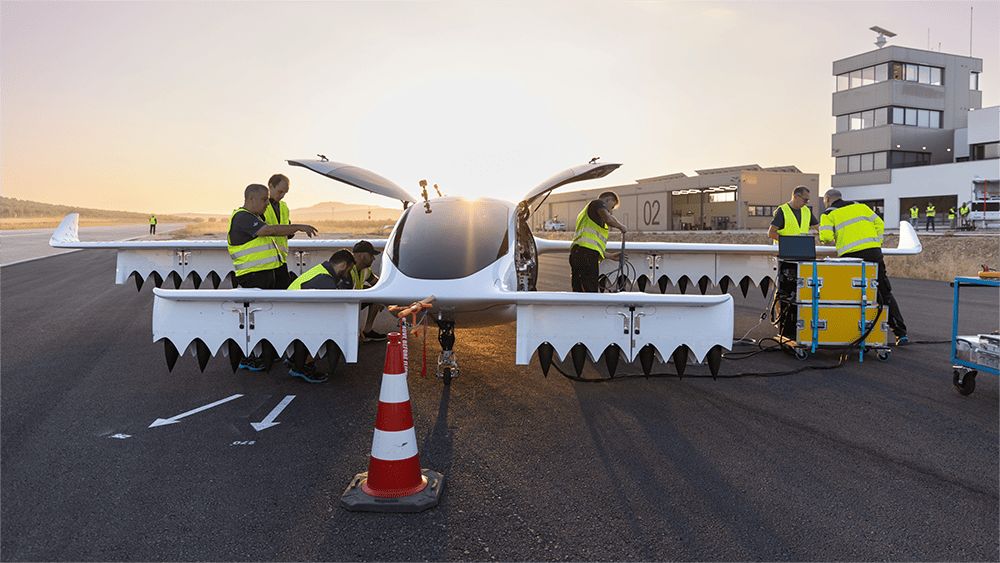
The collaboration between Lilium and UrbanV marks a significant milestone in the advancement of electric mobility. With their combined expertise and passion for sustainable transportation, they are poised to transform the way people travel within and between cities. As Sebastien Borel, CCO of Lilium, puts it, “Our partnership with UrbanV helps to reimagine regional air transport infrastructure.”
Together, they aim to make sustainable regional air travel a reality, connecting communities, and reducing travel times in a safe, efficient, and eco-friendly manner.
ADVERTISEMENT

SOURCE | IMAGES: LILIUM
FTC: We use income-earning auto affiliate links. Learn more.






